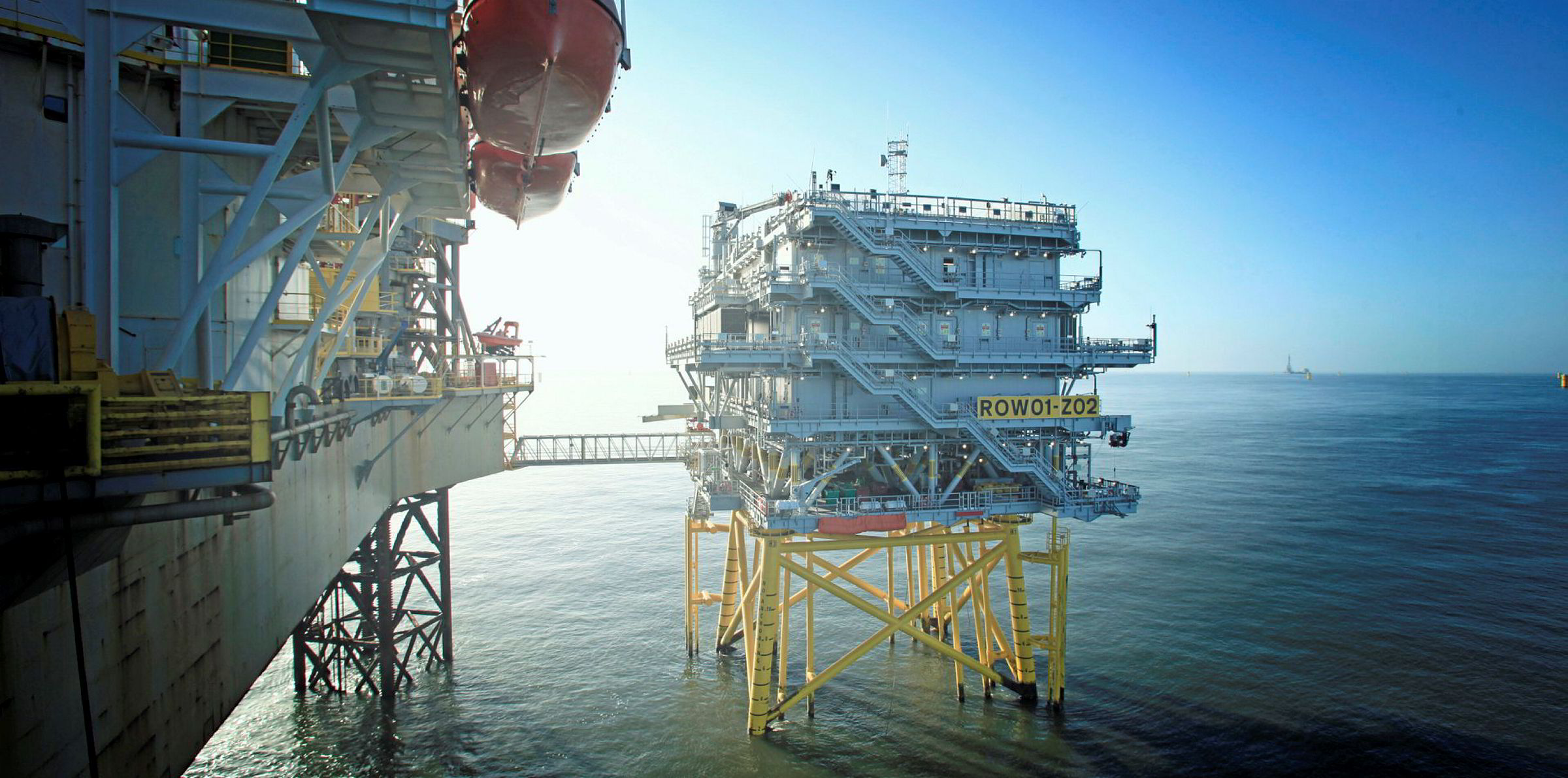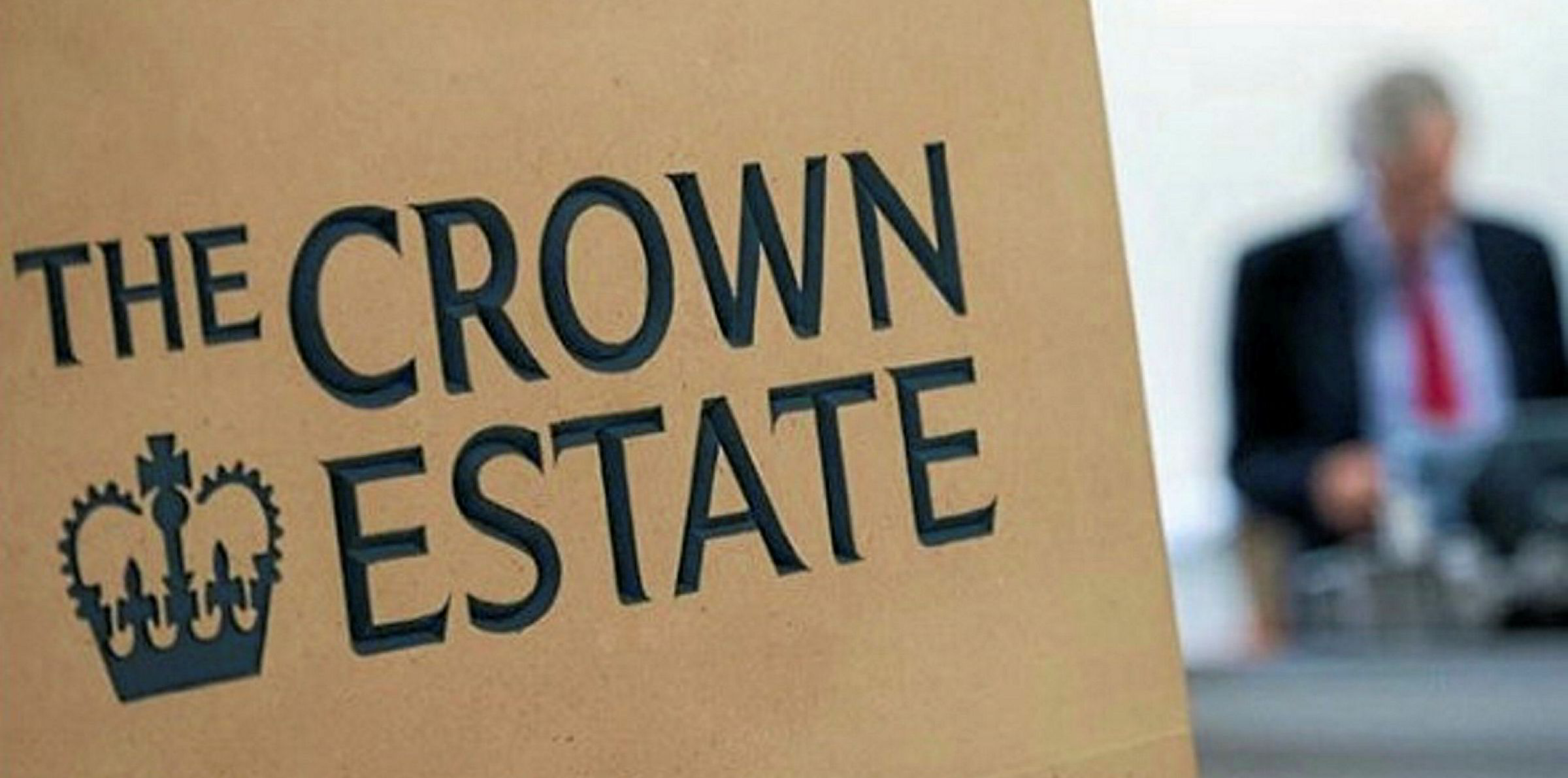Plans to double the size of the Orsted-led 573MW Race Bank offshore wind farm – already among the UK’s largest – have been blocked by Britain’s seabed landlord citing environmental fears.
The Crown Estate said a Habitats Regulations Assessment (HRA) it conducted of the Race Bank Extension plan could not rule out “an adverse effect” to a conservation area off Eastern England.
The body – which runs leasing on the seabed off England and Wales – said seeking special derogation for the project under Habitats Regulations would be a “first for the offshore wind sector” that would delay the award of rights for seven other projects seeking extensions, so it had decided not to do so “at this stage”.
“We will continue to work with the developers of Race Bank extension and with stakeholders, to consider next steps,” added the Crown Estate.
Danish offshore wind giant Orsted owns 50% of the existing Race Bank wind farm, which entered service in 2018. Investment group Macquarie (37.5%) and Japan’s Sumiotmo own the rest.
Orsted said in a statement sent to Recharge: “The Crown Estate has not awarded Race Bank Extension an Agreement for Lease (AfL) at this stage. However, we are in ongoing discussions with The Crown Estate to explore next steps and the potential routes available to ensure that Race Bank Extension remains an option for the future.”
Last year Orsted said Race Bank Extension was “a great addition to our pipeline of development projects in the UK”. The decision is another blow to Orsted, which was recently told it faces a regulatory inquiry into the role of its Hornsea 1 offshore wind farm in a huge UK blackout.
The Race Bank Extension plan was among the largest of eight seeking to add up to 3.4GW of capacity to the UK offshore wind fleet by as much as doubling projects already installed.
With Race Bank out of the picture, The Crown Estate said HRAs had been completed for seven projects totalling 2.85GW that can now move to the next stage “with project specific environmental assessments and surveys before seeking planning consent for their projects through the statutory planning process”.
They are: Sheringham Shoal (up to 317MW), Dudgeon (402MW), Thanet (300MW), Greater Gabbard (504MW), Galloper (353MW), Rampion (400MW) and Gwynt y Mor (576MW).
Will Apps, head of energy development at The Crown Estate said: “Project extensions offer an efficient opportunity to unlock almost a 10% increase in the UK offshore wind portfolio, supporting the continued growth of the development pipeline and demonstrating continued strong market appetite for new projects in UK waters.
“In today’s increasingly busy sea-space, a collaborative approach will become all the more crucial, ensuring that the continued ambitious growth of offshore wind happens in balance with the wide range of other interests offshore.”
The Crown Estate is currently planning a separate Round 4 leasing process to offer at least 7GW of new acreage.



